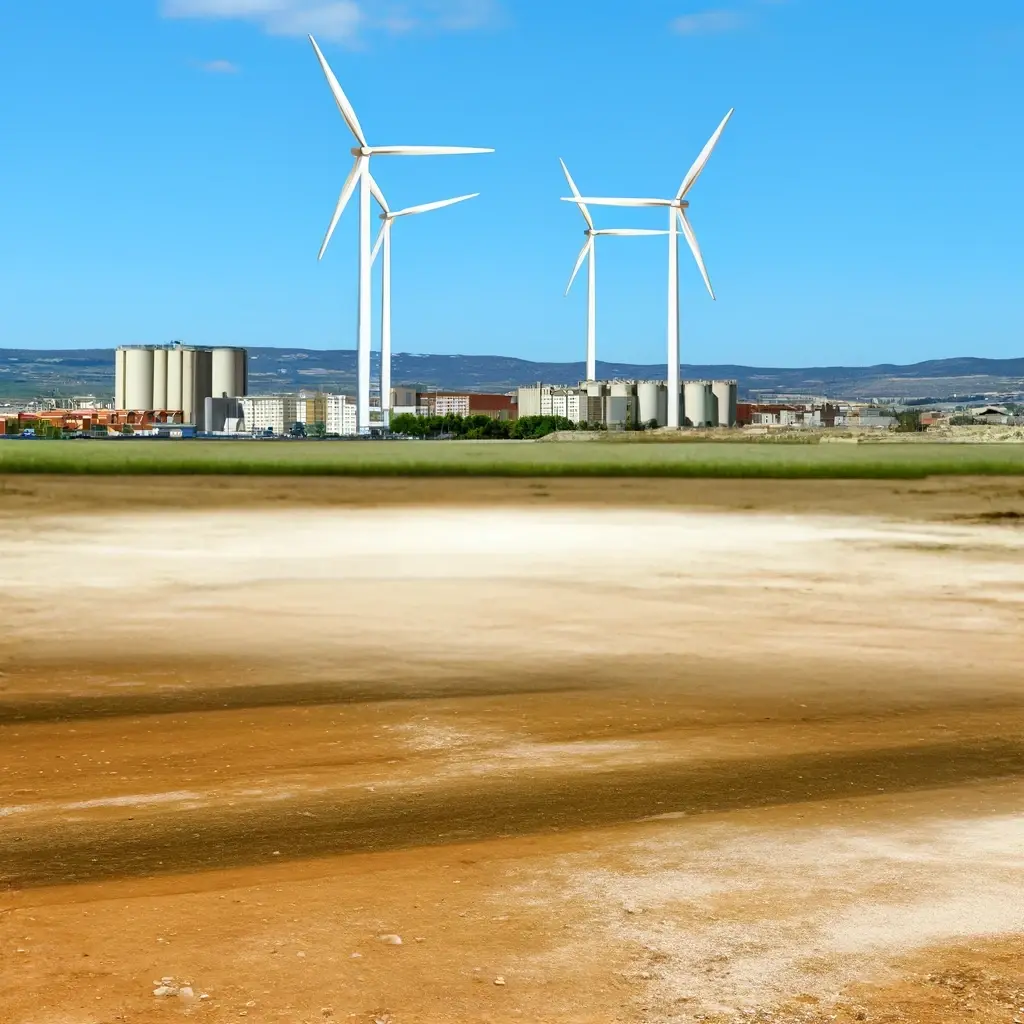Understanding Construction Environmental Impact
Construction activities can harm the environment due to factors like energy use, waste generation, and emissions. Innovations like green building materials, energy-efficient designs, and sustainable construction techniques can help reduce this impact. Implementing these practices can lead to lower energy consumption, less waste sent to landfills, and decreased carbon emissions. LEED certification and sustainable building are essential elements in minimizing construction’s environmental footprint.
Importance of Sustainable Building Practices
Building sustainably is crucial in reducing our environmental impact. By using innovative techniques, we can lower energy consumption and waste production in construction. Sustainable building practices focus on creating structures that are energy-efficient, use eco-friendly materials, and minimize harm to the environment. This not only benefits the planet but also promotes a healthier and more efficient way of living.
Innovative Techniques for Eco-Friendly Construction
Many innovative techniques exist for eco-friendly construction. These methods are designed to reduce the environmental impact of construction projects. Green roofs are one such technique that involves planting vegetation on the roof of buildings to improve insulation and reduce stormwater runoff. Solar panels are another popular choice, converting sunlight into energy to power the building. Recycled materials are also gaining traction, as they reduce the need for new resources and help in waste reduction. All these techniques play a vital role in promoting sustainability in the construction industry.
Energy-Efficient Design Principles
Energy-efficient design principles focus on reducing energy consumption and minimizing environmental impact in buildings. By incorporating elements like natural lighting, passive solar heating, and efficient insulation, designers can significantly lower a building’s energy usage. Proper orientation of a building, strategically placed windows, and thermal mass help maximize energy efficiency. Implementing energy-efficient appliances and renewable energy sources further enhance a building’s sustainability.
Materials and Resources for Sustainable Building
Using sustainable materials in construction can significantly reduce the environmental impact of buildings. Here are some key aspects to consider:
- Recycled materials: Utilizing materials like recycled steel, reclaimed wood, and recycled glass can help reduce the demand for new resources and minimize waste.
- Renewable resources: Opting for materials such as bamboo, cork, or straw that can be replenished quickly without depleting natural resources.
- Low-impact materials: Choosing materials with minimal environmental impact during production, use, and disposal can contribute to sustainable building practices.
- Local sourcing: Sourcing materials from local suppliers can reduce transportation emissions and support the local economy.
By incorporating these materials and resources into construction projects, builders can promote sustainability and reduce the overall environmental footprint of buildings.
Waste Management Strategies in Construction
Construction projects generate a significant amount of waste, but there are strategies to manage it effectively. Some innovative techniques for sustainable building include:
- Recycling materials like concrete, wood, and metals to reduce the amount of waste sent to landfills.
- Implementing prefabrication to reduce onsite waste generation and optimize material usage.
- Choosing sustainable materials that have a lower environmental impact throughout their lifecycle.
- Planning construction carefully to minimize overordering of materials and reduce excess waste.
- Engaging in deconstruction practices to salvage and reuse materials from existing structures.
By incorporating these waste management strategies, construction projects can reduce their environmental impact and move towards more sustainable building practices.
Water Conservation Measures on Construction Sites
Water conservation is crucial in construction to minimize environmental impact. Implementing strategies like rainwater harvesting, using recycled water, and installing water-efficient fixtures can significantly reduce water consumption on construction sites. By incorporating these measures, construction projects can contribute to sustainable building practices and help preserve our natural resources for future generations.
Green Building Certifications and Standards
Green building certifications and standards play a crucial role in ensuring that construction projects meet specific environmental criteria. Here are some key points to know about them:
- LEED (Leadership in Energy and Environmental Design) certification is one of the most widely recognized green building certification programs worldwide. It focuses on aspects like energy efficiency, water conservation, and indoor environmental quality.
- Green Globes certification is another well-known program that evaluates the sustainability of a building through a detailed assessment process.
- ENERGY STAR certification is specifically focused on energy efficiency, recognizing buildings that meet high-performance standards.
- Net Zero Energy Building (NZEB) certification aims to ensure that a building produces as much energy as it consumes, promoting sustainable energy use.
- Meeting these certifications and standards demonstrates a commitment to sustainability and reducing the environmental impact of construction projects.
Case Studies of Successful Sustainable Construction Projects
Successful sustainable construction projects showcase innovative techniques that minimize environmental impact. By analyzing case studies, we can learn how these projects effectively reduce waste, conserve energy, and improve overall sustainability.**
Conclusion: Promoting a Greener Future
As we wrap up, it’s essential to recognize the pivotal role that innovative sustainable building techniques play in creating a greener future for construction. By adopting practices like using recycled materials, implementing energy-efficient designs, and promoting green spaces, we pave the way for a more environmentally-friendly industry. Together, we can build a better tomorrow by prioritizing sustainability in construction projects.


